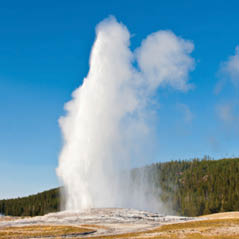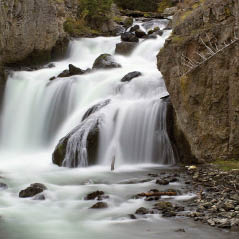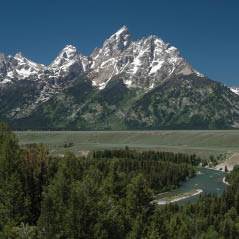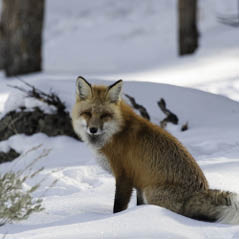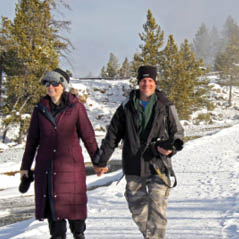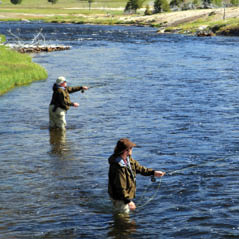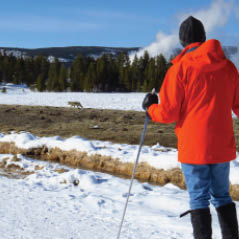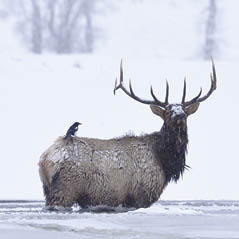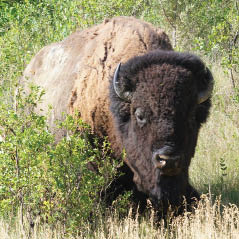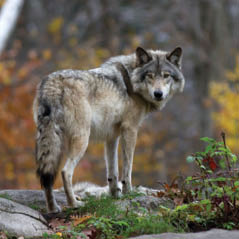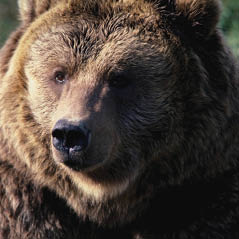Why visit Yellowstone
Natural Sites
From gushing geysers and molten mud pots to towering pines and stunning canyons, the raw, natural splendors of Yellowstone are truly unforgettable. Step out of the concrete jungle and step into a pine-filled paradise.
Artists’ Paintpots
This geothermal phenomenon looks like a scene out of a science fiction novel. Located in the Lower Geyser basin in the park, these acidic, bubbling hot springs are known for their production of a wide palette of colors that range from burnt sienna to vibrant turquoise. The Artists’ Paintpots are an otherworldly sight to behold.
Old Faithful
This reliable geyser has clocked in more than a million eruptions since Yellowstone’s opening as the world’s first national park in 1872. During an interval of 60-110 minutes, Old Faithful will erupt and expel between 3,700 to 8,400 gallons of scalding hot water. Head to Yellowstone’s Upper Geyser Basin and get ready for a show!
Firehole Canyon
Take a leisurely drive on a winding 2-mile road carved through this deep canyon. Discover the rushing waters of Firehole Falls and if weather permits, stop and take a swim in its swimming hole. While enjoying your drive here, keep watch for furry and feathered natives.
Grand Teton National Park
Towering more than a mile above the valley of Jackson Hole, Teton Range is the youngest in the Rockies and displays some of North America's oldest rocks. Twelve Teton peaks reach above 12,000 feet and support a dozen mountain glaciers. Look up towards the heavens and marvel at this range.
Activities
Whether you’re invigorated by a brisk hike or prefer to quietly observe the beauty of your surroundings, there are a variety of ways to immerse yourself in the grandeur of Yellowstone. Year-round, this national park entices first-time travelers and repeat visitors eager to connect with nature. Here are some ways to do just that.
Spotting Wildlife
One of the biggest draws for visiting Yellowstone is the chance to see wildlife in its natural habitat. According to The National Wildlife Federation, the park has the largest concentration of mammals in the lower 48 states. Get your camera ready and be prepared – you might just see some of the park’s most famous residents!
Hiking
With more than 900 miles of trails to explore, Yellowstone is a hiker’s dream destination. From short, easy walks to difficult treks, the park promises an accessible range for visitors to enjoy. Lace up your boots and breathe in the fresh, forest air.
Fly fishing
Cast out your fly and enjoy a leisurely day fishing in hundreds of miles of water in Yellowstone National Park. Fishermen are most likely to catch native Yellowstone cutthroat, brown trout, rainbow trout and brook trout. Angle for a great afternoon of fly fishing if you have some extra time on tour.
Snowshoeing
Traverse across a blanket of glistening snow and experience Yellowstone in a pair of snowshoes. Navigate through picturesque backcountry as you look for signs of wildlife peeping through the trees. You’ll uncover even more of the park’s splendor when you explore it this way.
Wildlife
In addition to Yellowstone’s picture-perfect natural surroundings, the creatures you’ll find dwelling here make this park a true national treasure. From free-roaming bison and elk to more furtive creatures like wolves and bears, there are several hoofed and clawed mammals who call this place home. These are just some of the usual suspects you might have the pleasure of crossing paths with.
Elk
These ungulates (hoofed mammals) are the most abundant of all the animals you’ll find in Yellowstone. Elk are such an integral part of park’s ecosystem that changes in their population can affect other plant and animal communities here. On a delightful sleigh ride to the National Elk Refuge you can get up-close and view hundreds of these large antlered creatures.
Bison
Since prehistoric times bison have populated the area of Yellowstone. Roaming free over many parts of the park, these gargantuan creatures have a chocolate brown coloring and two short yet powerful horns on their head. You may see a few scattered across grassy plains grazing.
Wolves
These canines are Yellowstone’s most hauntingly beautiful hunters. When visiting Lamar Valley, you’ll learn that gray wolves were once endangered due to government predator control programs. However, thanks to a careful reintroduction process, over 400 live in this area now. Break out your binoculars and if you’re lucky, a pack may pass by.
Bears
Both black and grizzly bears live on the grounds of Yellowstone Park. To identify the difference between the two mammals, look for a large hump above a bear’s shoulders – grizzlies have a hump while black bears do not. If you’re yearning to catch a sighting of a grizzly, they’re most commonly spotted early morning and late evening.

